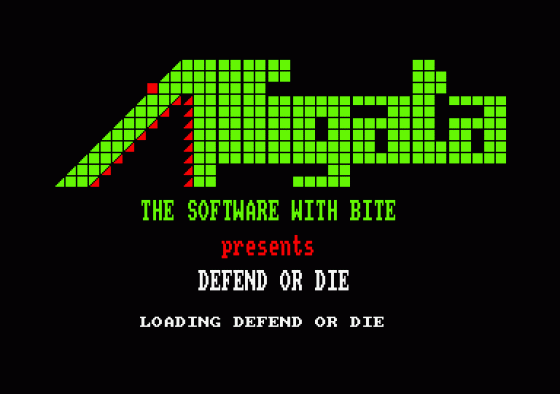Other Reviews Of Defend Or Die For The Amstrad CPC464
Defend Or Die
A review by Kenn Garroch (Personal Computer News)
Defend Or Die (Alligata)
A review by J.R. (Home Computing Weekly)
Defend Or Die (Alligata)
A review
Defend Or Die (Alligata)
A review
Amstrad Collection
If you have an Amstrad computer, what games must you have? Mike Roberts looks at some of the best that we've seen.


 1st May 1985
1st May 1985








